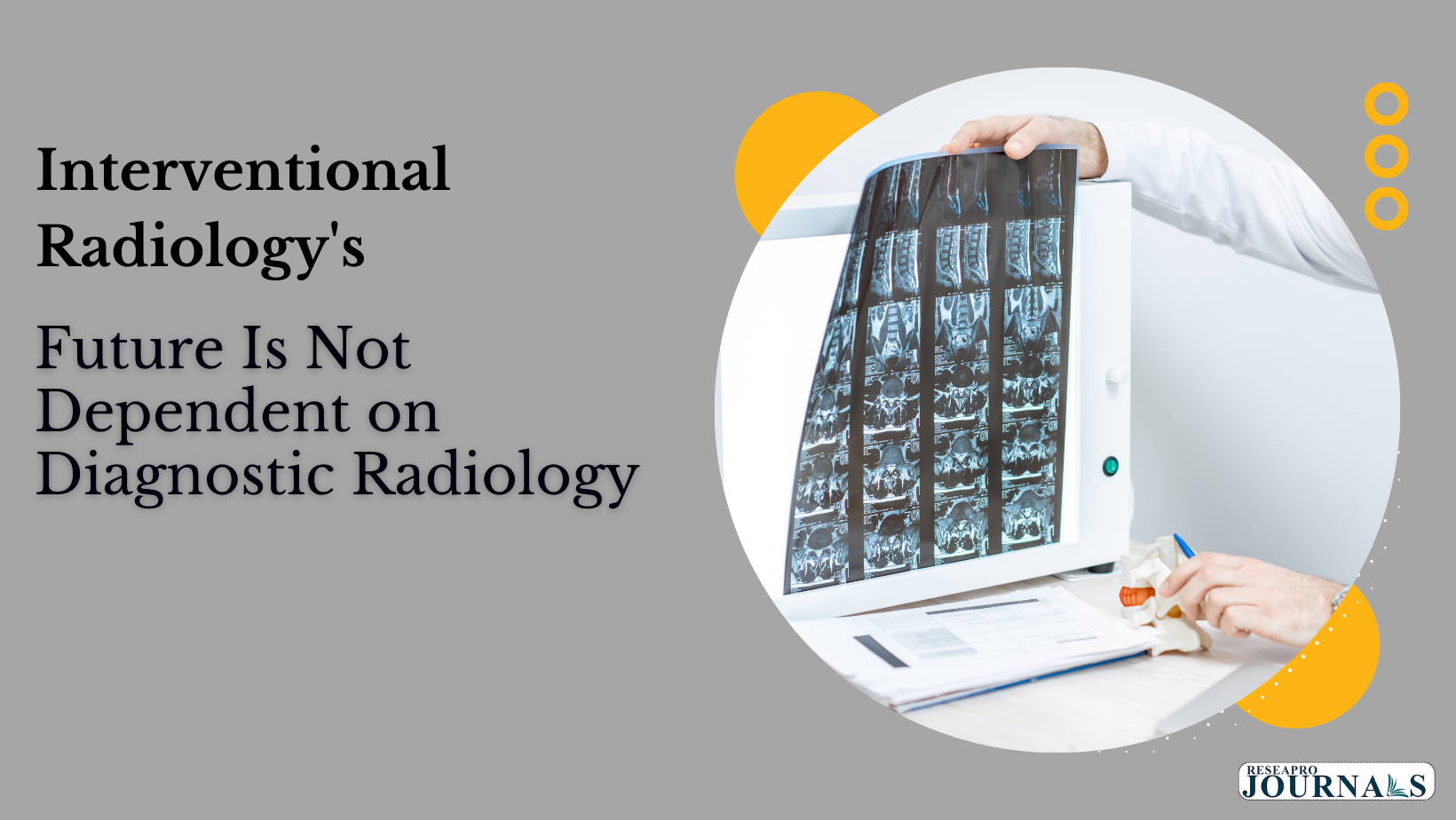
Recent trends in medical imaging and interventional radiology indicate a distinct trajectory, highlighting the independence and promising future of interventional radiology (IR) from its diagnostic counterpart. As medical technology evolves and healthcare landscapes shift, experts assert that IR is poised to carve its path, distinct from the traditional dependency on diagnostic radiology.

Interventional radiology, a specialized field that employs minimally invasive procedures guided by imaging techniques to diagnose and treat diseases, has witnessed a surge in demand and innovation in recent years. From treating vascular conditions to oncological interventions, IR’s scope continues to expand, fueled by advancements in imaging modalities, instrumentation, and procedural techniques.
Dr. Sophia Nguyen, an interventional radiologist at New Horizons Medical Center, explains, “Interventional radiology offers patients less invasive alternatives to traditional surgeries, resulting in shorter recovery times, reduced complications, and improved outcomes. This has led to increased referrals and recognition of IR’s pivotal role in modern healthcare.”
One key factor driving IR’s autonomy is its direct impact on patient care and outcomes. While diagnostic radiology primarily focuses on imaging interpretation and diagnosis, interventional radiologists actively engage in therapeutic interventions, ranging from angioplasties to tumor ablations, often serving as primary caregivers for patients undergoing minimally invasive procedures.
Furthermore, the growing emphasis on value-based care and patient-centered approaches in healthcare has propelled the prominence of interventional radiology. By delivering targeted treatments with fewer complications and hospital stays, IR aligns with healthcare initiatives aimed at enhancing efficiency, reducing costs, and improving patient satisfaction.
#Interventionalradiology #healthcare #diagnostic #radiology #patients
